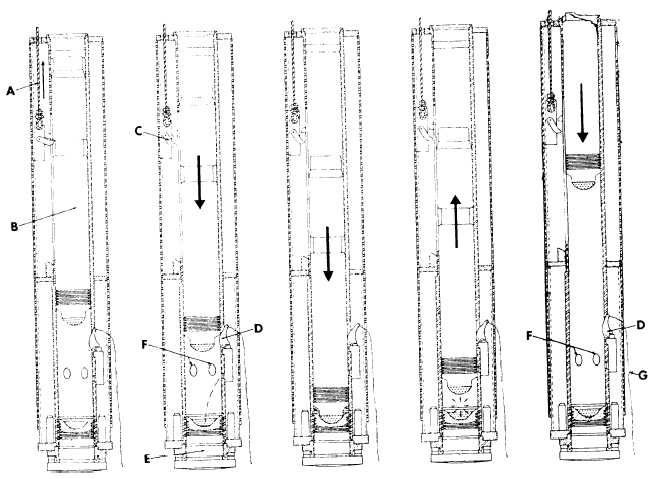Figure 12-61.-Operating principles of the McKiernan-Terry diesel pile hammer.
precise moment of impact for perfect timing. The fuel
is atomized and splattered into the annular (ring-shaped)
zone between the ram and the anvil and is ignited by the
heat of compression.
The resulting explosive force drives the ram
piston upward and the pile downward and adds a push
to the pile to extend the time of the total effort to drive
the pile.
On the upstroke, the ram piston opens the exhaust
ports (F) to permit scavenging the exhaust gases. The
ram piston continues freely upward until arrested by
gravity.
The length of the stroke varies with the
resistance of the pile.
The greater the resistance, the
longer the stroke.
Having reached the top of its stroke, the ram piston
falls again, repeating the cycle. The hammer is stopped
by pulling a rope (G) that disengages the fuel pump cam
(D).
TRIP MECHANISM.— The trip mechanism (fig.
12-62) is an off-center linkage mechanism located at the
rear of the hammer, designed to lift and drop the ram for
starting. Additionally, the trip mechanism lifts and
lowers the hammer in the leads. The trip mechanism is
connected to a single line from the crane. Lowering the
trip mechanism to the bottom of its stroke engages the
lifting lever that lifts the ram. When the crane lifts the
trip mechanism and ram piston past the upper stops, the
finger of the trip lever is rotated clockwise around the
trip lever pin, thus freeing the ram piston. The trip
mechanism is held in the upper position while the
hammer is in operation.
The safety link in the trip mechanism is designed to
break or bend should the operator lower the trip
mechanism to low and engage the lifting lever while the
hammer is in operation.
The safety link prevents
damaging the trip mechanism or ram. If the safety link
is broken while the hammer is in operation, the hammer
will continue to operate; however, once the hammer is
shut down, the safety link must be replaced before the
hammer can be restarted.
12-43


